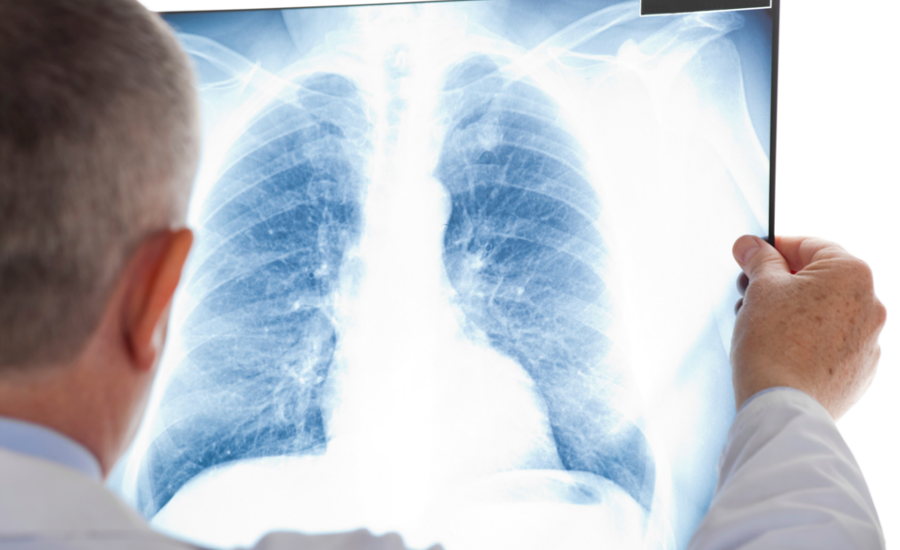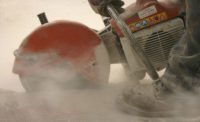An alarming increase in the incidence of the black lung disease among the nation’s coal miners has led to a call by the United Mine Workers of America (UMWA) and the United Steelworkers International Union (USW) for a new standard to protect miners from the silica dust that causes the disease.
In a letter to David Zatezalo, the head of the Mine Safety and Health Administration (MSHA), UMWA President Cecil Roberts and USW President Leo W. Gerard noted that changes in mining practices have led to increased exposure to silica for miners.
Silica is believed responsible for a large rise in cases of black lung disease among coal miners in central Appalachia. In the past, the primary cause of black lung was thought to be coal dust, but as coal seams become deeper and thinner, miners are cutting through more waste rock, much of which is high in silica.
Silica is many times more dangerous to miners’ lungs than coal dust, and ordinary diagnostic techniques cannot distinguish between the two causes of respiratory disease.
Silica causes both lung cancer and silicosis, another deadly dust disease, which has not been eliminated in metal and mineral mines. OSHA set a new silica standard in 2016, cutting the permissible exposure limit in half, but MSHA has yet to follow suit.
Black lung disease – otherwise known as coal workers’ pneumoconiosis (CWP) - is a preventable occupational lung disease that has experienced a dramatic increase in recent years, after reaching its lowest recordable level in the late 1990s. The National Institute for Occupational Safety and Health (NIOSH) notes that since 2000, the nationwide prevalence of black lung has trended upward, and includes an “unprecedented” increase in progressive massive fibrosis (PMF), the most severe form of black lung disease. The current prevalence of severe black lung in the Appalachian region is as high as it’s been (5%) since record-keeping began in the early 1970s.
“Black lung afflicts thousands of coal miners,” Roberts said. “We know what causes it, we know how to prevent it, yet miners are still getting it. MSHA took action in 2014 to reduce respirable coal dust. Now it must act to reduce silica exposure, and quickly.”
“All miners need this standard, surface and underground, no matter what they’re mining,” said Gerard. The UMWA represents 105,000 active and retired miners, clean coal technicians, manufacturing workers, health care workers, public service workers and corrections officers in the United States and Canada.
The USW represents 850,000 workers in North America employed in many industries that include metals, rubber, chemicals, paper, oil refining and the service, public and health care sectors.



